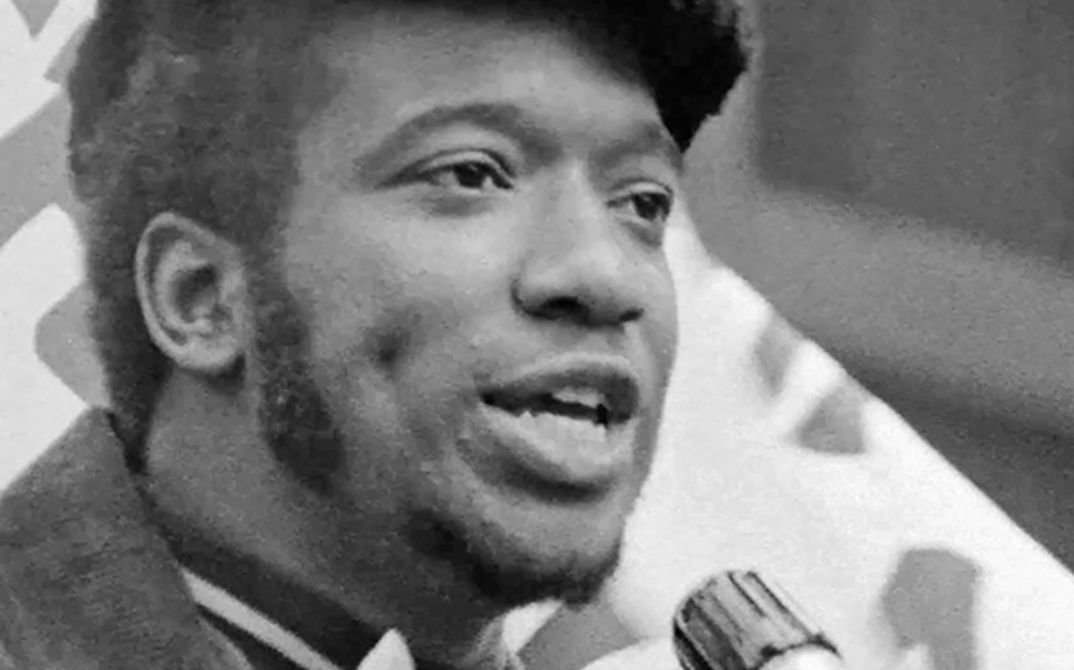Interview with Michael Gray: “We have absolute knowledge that the facts contravene everything they say”
Where did you get the film to make the THE MURDER OF FRED HAMPTON?
The Illinois chapter of the Black Panther Party allowed us to film many of their gatherings, and we bought the rest, about $17,000 worth, from local and network television.
How much did the complete film cost?
About $95,000.
Where did you get the money?
Our first money came from a rock music producer. Subsequent funding came from a group of Chicago lawyers, a major Hollywood film producer, and a Los Angeles attorney involved in civil rights. We raised about $55,000 from people who hoped to get a return on their investment and from people who contributed because they thought it was the right thing. Our film group, MGA Inc., put up the remaining $40,000 that we had earned making commercials and other subsidised films.
How do you answer the charge that your film is one-sided propaganda ?
I think that charge is unfair. While we certainly made no attempt to give any credence to the rather hyperbolic presentation of the facts given by Hanrahan and the 14 members of the raiding party, we have absolute knowledge that the facts contravene everything they say. You don’t even have to have been in the apartment to know that. All you have to do is read the Federal Grand Jury report. The Federal Grand Jury report explains everything. The only thing that’s inconsistent about the report is the last page (which concludes that there is insufficient evidence “to establish probable cause to charge the officers with wilful violation of the occupants’ civil rights…”) (…)
(Interview: Gene Siskel, Chicago Tribune, May 7, 1971)
An effective, totally political film
I only heard Fred Hampton speak once. He said he was convinced he’d be dead within a month. That sounded to me like Black Panther rhetoric. Three weeks later, he was dead.
At the time of his death, Mike Gray Associates were shooting a film about the Panthers in general, and Hampton in particular. Their project had grown out of AMERICAN REVOLUTION II, a documentary about the Democratic National Convention and its aftermath. (…)
AMERICAN REVOLUTION II was a powerful documentary, and it had more formal grace and unity than this next film, THE MURDER OF FRED HAMPTON. That’s probably because it was filmed under better conditions; THE MURDER OF FRED HAMPTON has scenes and footage that were obtained, as you might imagine, under almost impossible conditions. But that’s part of its stunning impact.
ARII succeeded in an artistic way, while THE MURDER OF FRED HAMPTON is a totally political film of incredible effectiveness. (…)
It offers a wealth of physical evidence that seems to document charges against the raiding party, but it offers something else as well: faces and words, and the looks in people’s eyes. We see raiders as they give their version, and we see the surviving occupants of that apartment, and they give theirs. We get to look into the eyes of both sides and draw our own conclusions about who’s telling the truth.
(Roger Ebert, Chicago Sun-Times, May 7, 1971, Infoblatt No. 33, 1. Internationales Forum des jungen Films, Berlin 1971, Download PDF)
